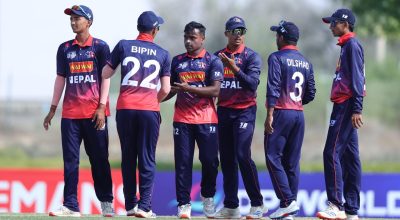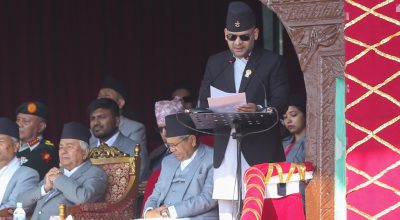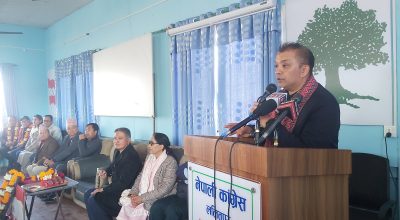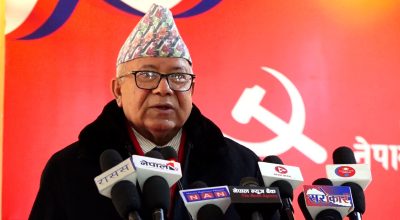
Kathmandu: The total lunar eclipse that occurred today evening ended at 6:34 pm. The eclipse that took place from the full moon day in the Nepal month of Kartik since moonrise at 5:13 pm was seen more clearly following the sunset at 5:13 pm.
The eclipse was visible from Nepal for one hour and 23 minutes and scintillated at 5:27 pm, said Nepal Calendar Determination Committee’s executive director Surya Prasad Dhungel.
A lunar eclipse occurs when the moon travels through the Earth’s shadow. A total lunar eclipse takes place when the Earth comes between the Sun and the Full Moon and blocks the Sun’s direct rays from lighting up the Moon.
Prior to this, the solar eclipse occurred on October 25 this year.
Religious scriptures such as Nirnaya Sindhu, Hemadri, Kalmadhav and Birmitrodaya among others have mentioned that the ‘Sutak’ (period of abstention) occurs nine hours before the lunar eclipse while it begins 12 hours prior to solar, cited religious scriptures expert Prof Dr Ramchandra Gautam.
It is advised to visit the nearest pilgrimage or go to nearest river, pond and stream to bathe during eclipse. During this period normal people except the children, aged and sick should restrain themselves from taking food to avoid the eclipse’s possible harm. It is also advised to practice religious worships and meditation during the eclipse, informed Dr Gautam.
Meanwhile, Takshashila Astronomy Club at Samakhusi, Kathmandu made arrangements to show total lunar eclipse to the interested ones from its building’s rooftop for free of cost, shared senior astronomer Jayanta Acharya.
The total lunar eclipse was also visible from Japan, South Korea, China, India, Canada and Alaska of the USA but it was visible from Nepal, India and Pakistan among other countries since moonrise. RSS










